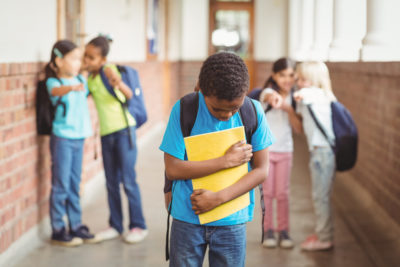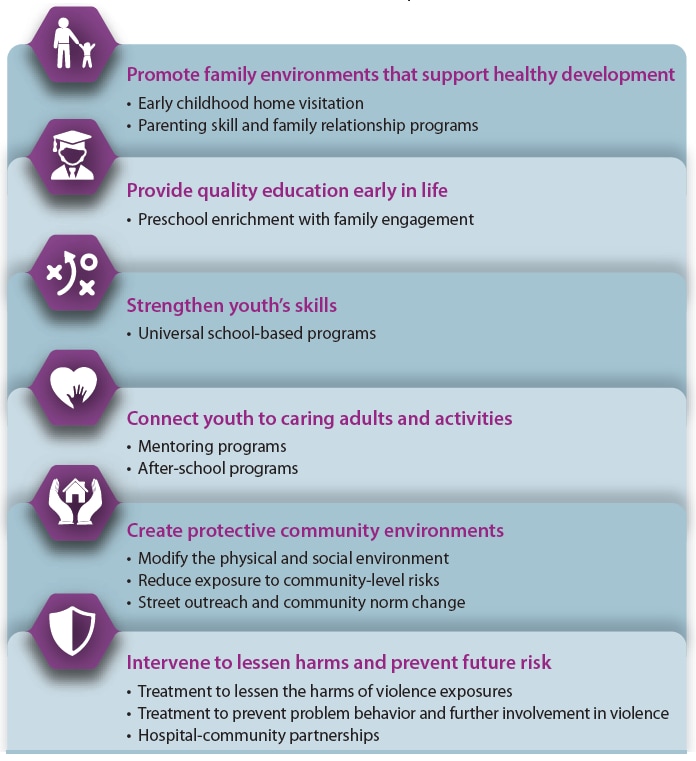What is bullying?
- Physical such as hitting, kicking, and tripping
- Verbal including name-calling and teasing
- Relational/social such as spreading rumors and leaving out of the group
- Damage to property of the victim
Bullying can also occur through technology, which is called electronic bullying or cyberbullying. A young person can be a perpetrator, a victim, or both (also known as “bully/victim”).
How big is the problem?
Bullying is widespread in the United States. Bullying negatively impacts all youth involved including those who are bullied, those who bully others, and those who witness bullying, known as bystanders.
- Bullying is common. About 1 in 5 high school students reported being bullied on school property. More than 1 in 6 high school students reported being bullied electronically in the last year.
- Some youth experience bullying more than others. Nearly 40% of high school students who identify as lesbian, gay, or bisexual and about 33% of those who were not sure of their sexual identity experienced bullying at school or electronically in the last year, compared to 22% of heterosexual high school students. About 30% of female high school students experienced bullying at school or electronically in the last year, compared to about 19% of males. Nearly 29% of White high school students experienced bullying at school or electronically in the last year compared to about 19% of Hispanic and 18% of Black high school students.
- Bullying is a frequent discipline problem. Nearly 14% of public schools report that bullying is a discipline problem occurring daily or at least once a week.
-
- Reports of bullying are highest in middle schools (28%) followed by high schools (16%), combined schools (12%), and primary schools (9%).
- Reports of cyberbullying are highest in middle schools (33%) followed by high schools (30%), combined schools (20%), and primary schools (5%).

What are the consequences?
Bullying can result in physical injury, social and emotional distress, self-harm, and even death. It also increases the risk for depression, anxiety, sleep difficulties, lower academic achievement, and dropping out of school. Youth who bully others are at increased risk for substance misuse, academic problems, and experiencing violence later in adolescence and adulthood. Youth who bully others and are bullied themselves suffer the most serious consequences and are at greater risk for mental health and behavioral problems.
How can we prevent bullying?
Bullying is preventable. There are many factors that may increase or decrease the risk for perpetrating or experiencing bullying. To prevent bullying, we must understand and address the factors that put people at risk for or protect them from violence. CDC has developed a resource, A Comprehensive Technical Package for the Prevention of Youth Violence and Associated Risk Behaviorspdf ico, to help communities take advantage of the best available evidence to prevent youth violence. This resource is also Cdc-pdfpdf iconavailable in Spanish pdf iconand can be used as a tool in efforts to impact individual behaviors as well as the relationship, family, school, community, and societal risk and protective factors for violence. The approaches in this resource, particularly universal school-based programs that strengthen youths’ skills and modify the physical and social environment, have been shown to reduce violence and bullying or key risk factors.
Different types of violence are connected and often share root causes. Bullying is linked to other forms of violence through shared risk and protective factors. Addressing and preventing one form of violence may have an impact on preventing other forms of violence.
Content Source: Centers for Disease Control and Prevention (CDC)


